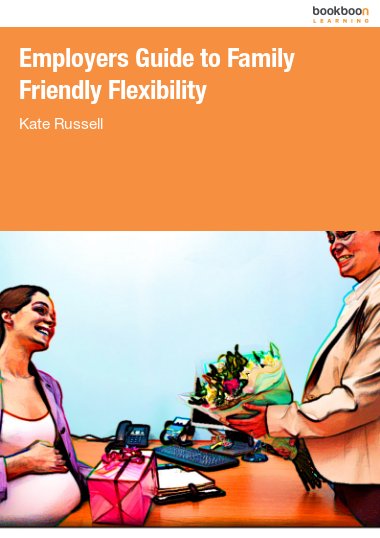From 2002 onwards we have seen a significant increase in rights for families. Most of the rights support employees with young children, but they have been extended to include older children as well as employees caring for adult dependents. The legislation has been strongly supported by case law, in particular the cases decided by the European Court of Justice.
This book takes the reader through the current framework of family friendly legislation.
About the Author
Kate Russell, BA, barrister, MA is the Managing Director of Russell HR Consulting which she has lead for over 25 years.
Kate has developed a reputation for being knowledgeable, robust and commercially aware and is especially well versed in the tackling and resolving of tough discipline and grievance matters.


